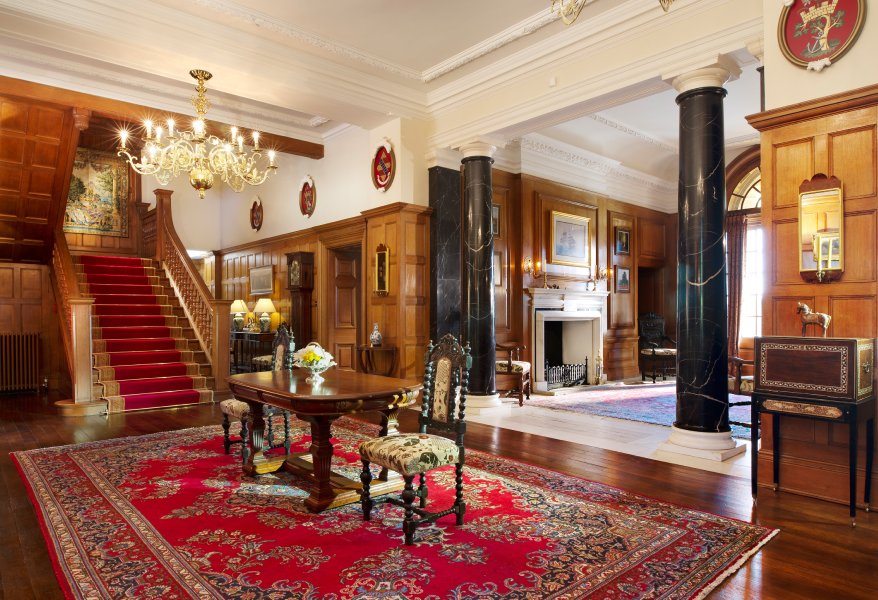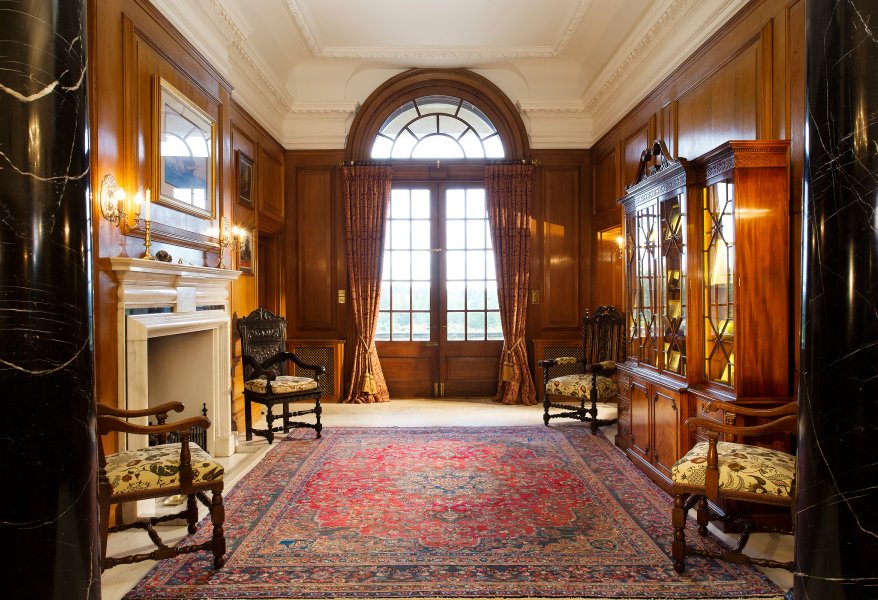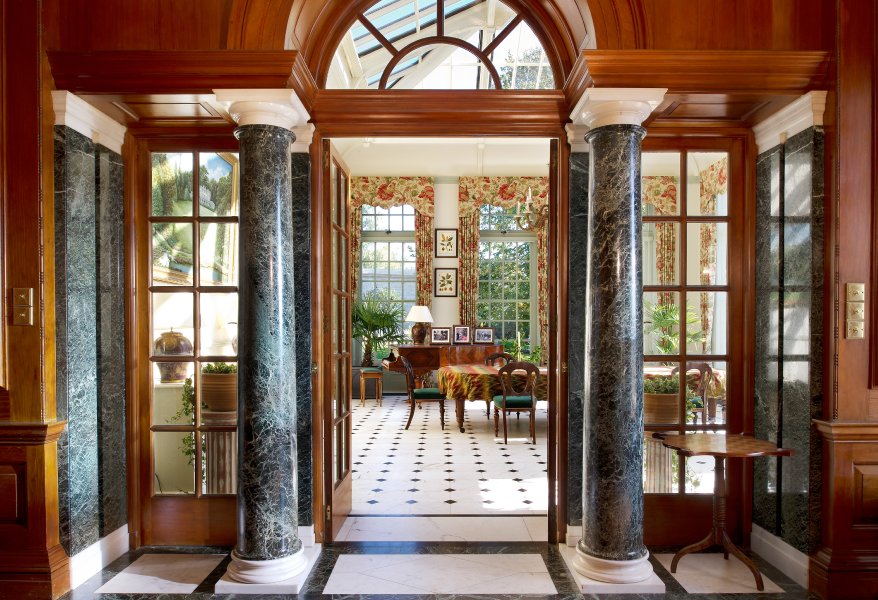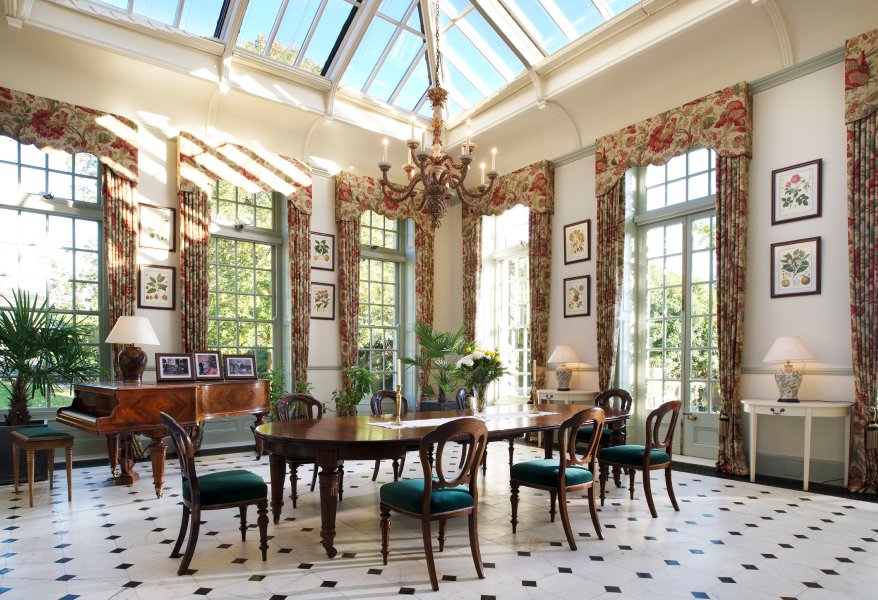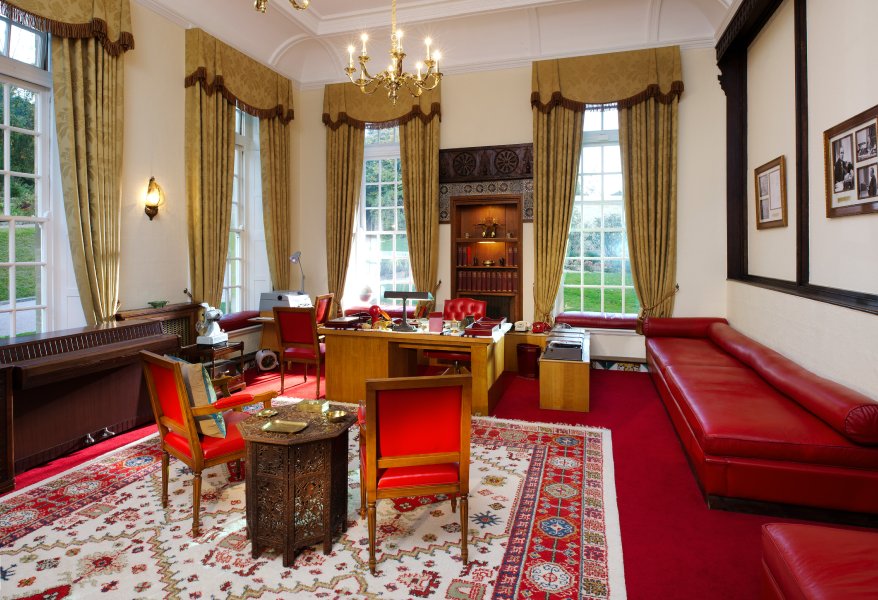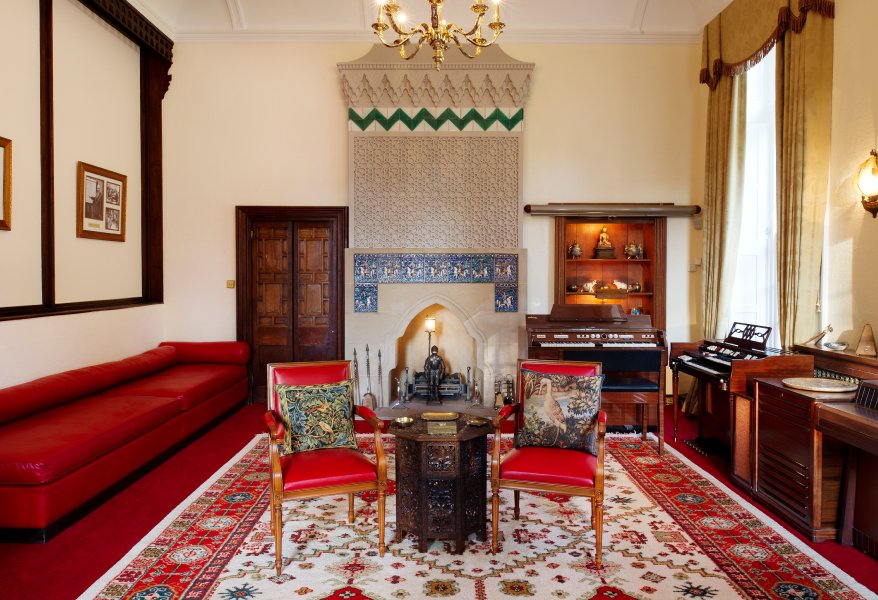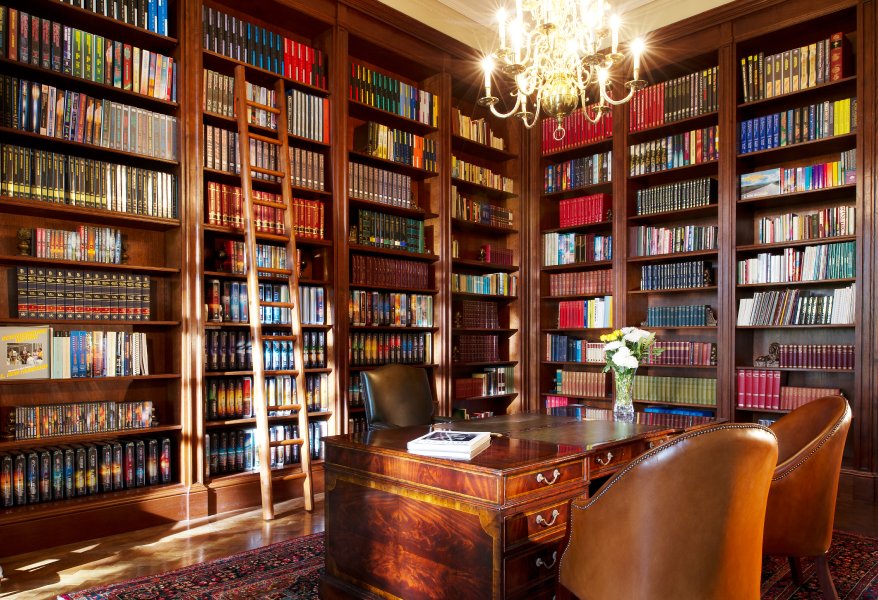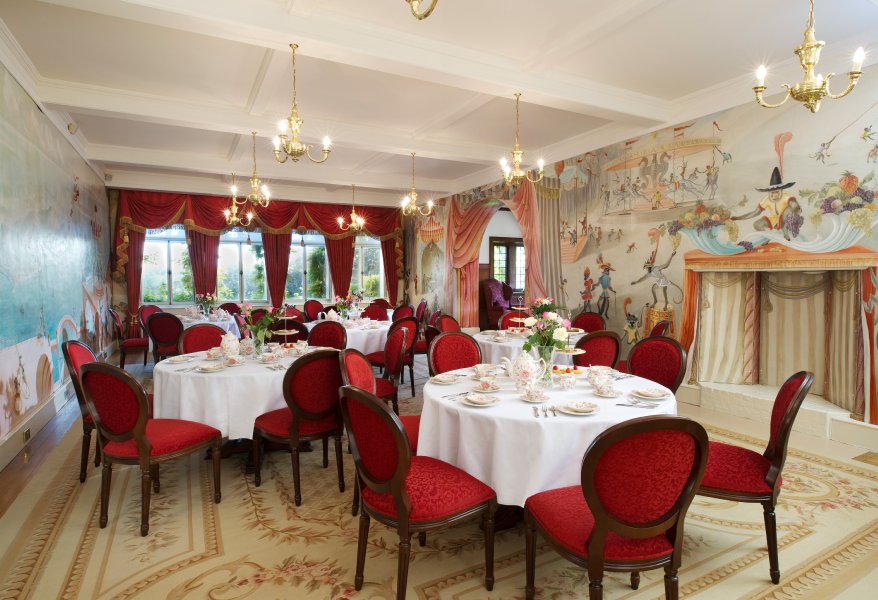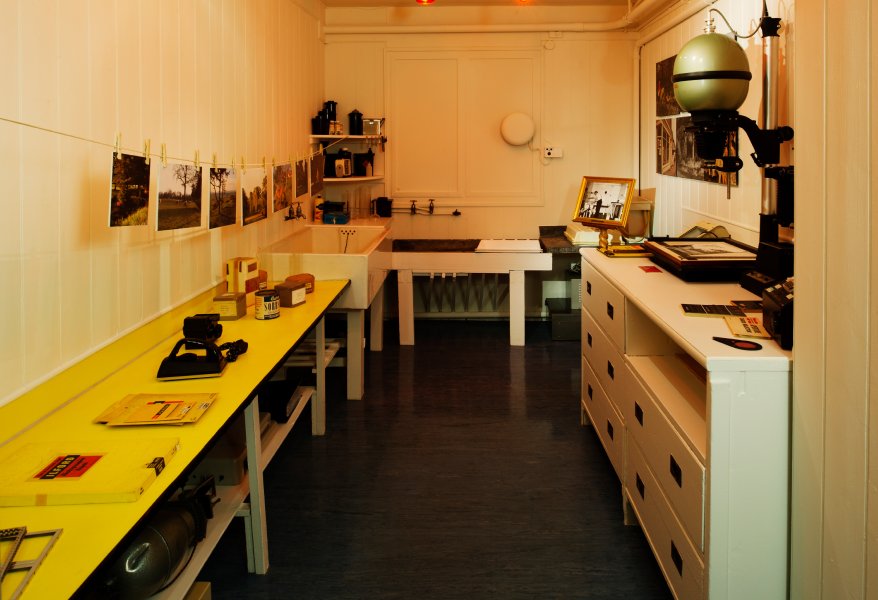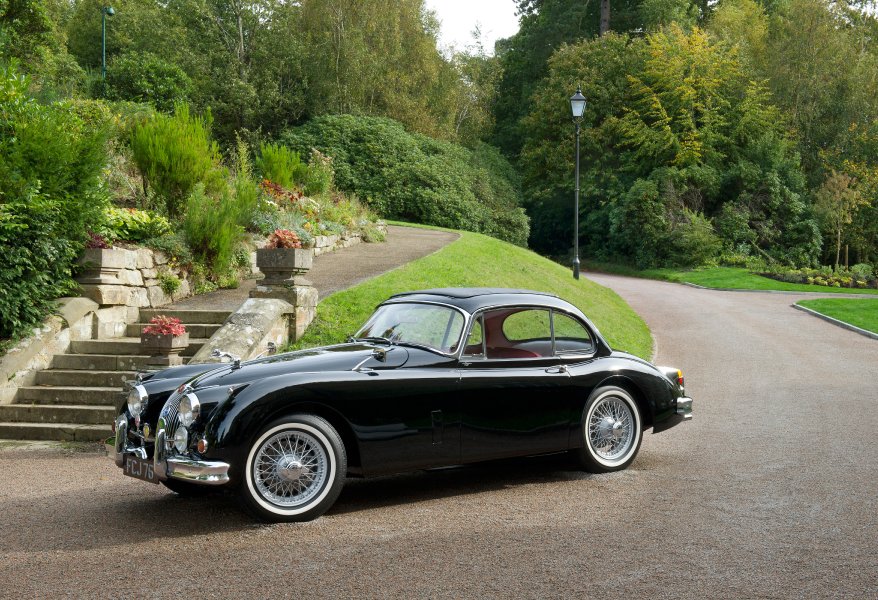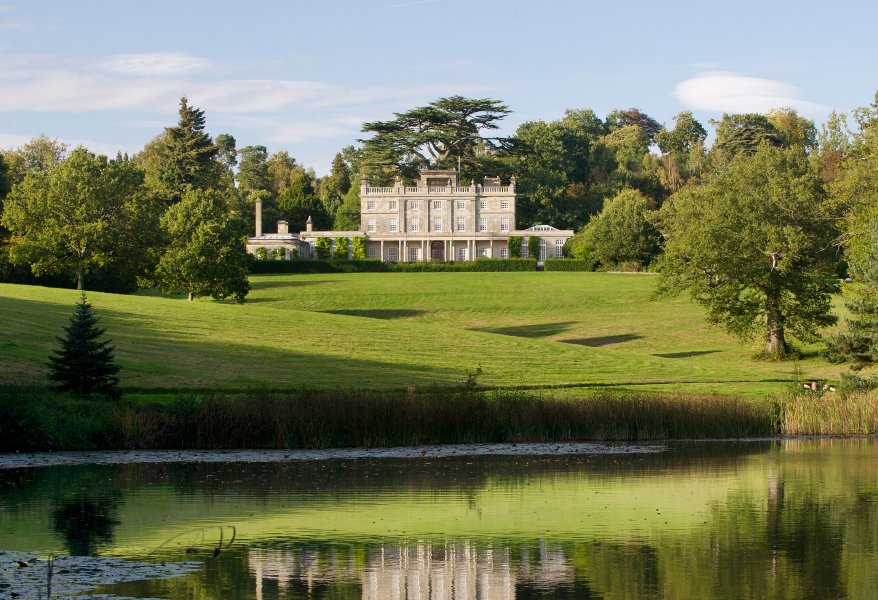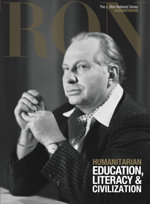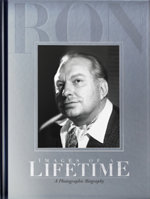Saint Hill Manor
A BRIEF HISTORY OF SAINT HILL MANOR
While internationally renowned as the home of L. Ron Hubbard, Founder of Dianetics and Scientology, Saint Hill Manor is also among the most historically significant estates in Sussex. The first record of Saint Hill appears in 1567, when Stephen Bord of Cuckfield left in his will one cottage and 12 acres of pasture held by “Thomas Nicholas of his Manor of Saynt Hill.” The old English translation of “Saynt” is “singed or burnt,” a reference to the practice of clearing sites through burning.
It would be another 150 years before Saint Hill (by then spelt in its Latin form) would again appear in public records. The entry dating from 1715 cites acquisition of the property by John Crawfurd of Ardmillan, Scotland. Crawfurd went on to build a family home on the site of the present Saint Hill Manor, completing construction in 1733. Today, a water colour of Crawfurd’s Jacobean style house, painted by renowned landscapist James Lambert of Lewes, resides in the British Museum’s Burrell Manuscripts Collection.
In 1792, eldest son and heir Gibbs Crawfurd pulled down the Jacobean house to build a home of “domestic comfort and luxury.” After hiring local stonemason Henry Pocock, construction began on the grand country manor that stands today. The structure, a fine example of the Late Georgian style, was built with locally quarried Sussex sandstone. While the building’s architect cannot be fully confirmed, surviving construction records strongly suggest the Manor was in part the work of Benjamin Henry Latrobe, most noted for his designs of the United States Capital building and the White House.
According to Crawfurd family history, Saint Hill passed from Gibbs to his oldest son, Charles, who in turn bequeathed the estate to his only son, Robert, in 1814. Robert, the last of the Crawfurd line to reside in the Manor, served as a magistrate and was instrumental in establishing East Grinstead’s first railway line.
By the late 19th century, Saint Hill was home to Dr. Edgar March Crookshank, a physician decorated for service to the British Armed Forces and renowned microbiologist who founded one of the world’s first bacteriological laboratories.
Under Crookshank’s stewardship, the estate greatly expanded: first with the east and west wing additions to the Manor house, then with the building of the South Lodge and gates in 1892 and the North Lodge and stables five years later. The lake and a lily pond (now site of the swimming pool) were also constructed over the course of Crookshank’s residence.
During the Second World War, Mrs. Neville Laskey lived in the mansion. She opened its doors to convalescing Royal Air Force officers, patients of Sir Archibald McIndoe, a pioneer in reconstructive surgery working at East Grinstead’s Queen Victoria Hospital.
—L. Ron Hubbard
Then, in October 1945, Mrs. Margaret Biddle, wife of an American Ambassador in Europe, purchased Saint Hill Estate. Whilst only owning the Manor for two years, she made a great many upgrades to the 30-room mansion, not the least of which was modernising the plumbing. However, the addition Mrs. Biddle is most remembered for is the whimsical mural she commissioned for the Manor ballroom by artist John Spencer Churchill, nephew of Sir Winston Churchill.
Saint Hill became the home of the Maharajah of Jaipur, India in the late 40s. During his decade of ownership the Maharajah added a number of fine antique Indian and European fixtures to the residence.
L. Ron Hubbard acquired Saint Hill Manor and some 60 surrounding acres in March 1959. The Manor served as Mr. Hubbard’s home and worldwide headquarters for the Scientology religion until 1967.
In commemoration of L. Ron Hubbard’s Centennial (1911–2011) Saint Hill Manor underwent meticulous renovation and restoration by England’s premier conservation design firms.
Welcome to Saint Hill.



